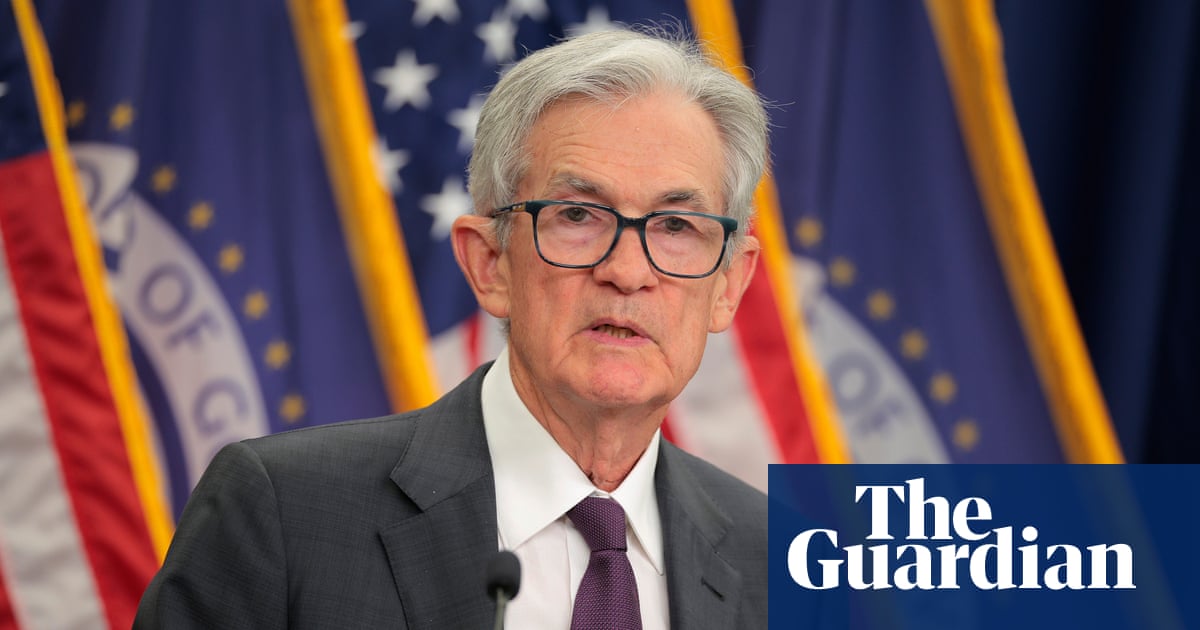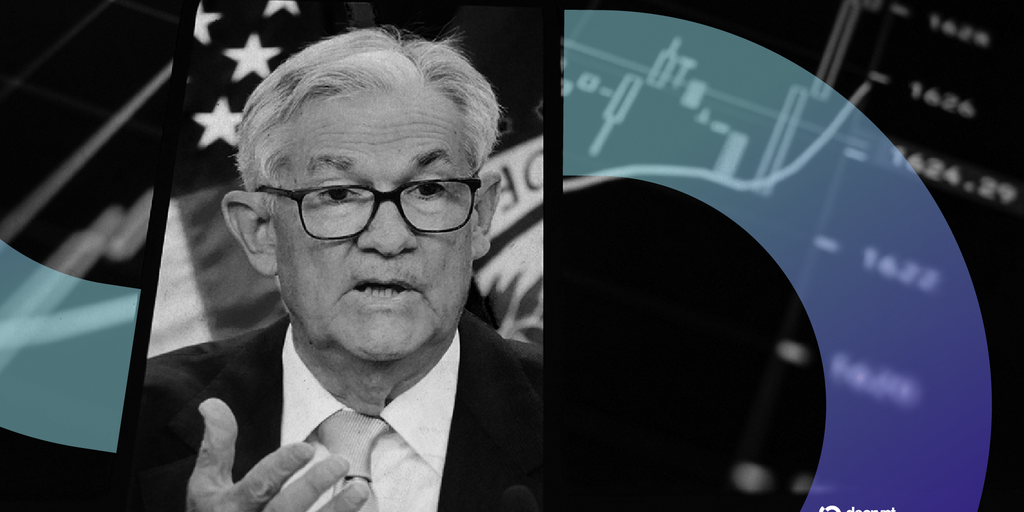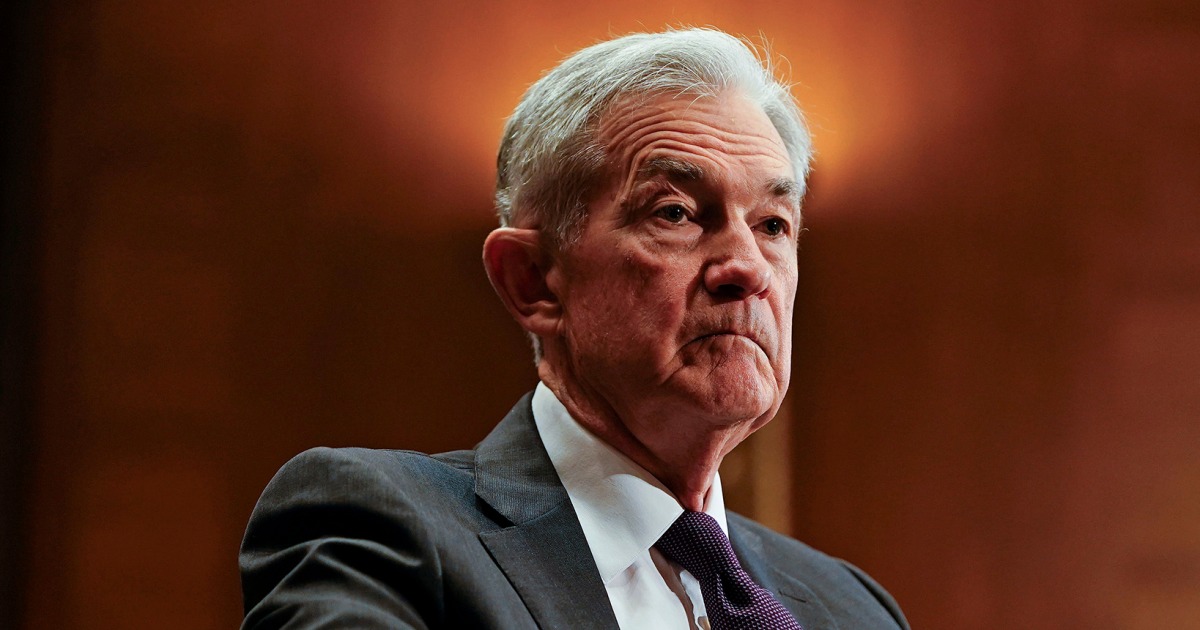T4K3.news
Potential dissent at the Fed may signal policy shifts
Two Federal Reserve governors may vote against holding interest rates steady, reflecting internal divisions.
A potential split among Federal Reserve officials hints at shifting views on economic strategy.
Fed officials may break unity on interest rate decisions
Two senior officials at the Federal Reserve may dissent from the expected decision to maintain current interest rates. The split illustrates differing opinions on the economic landscape as well as the internal dynamics regarding who will succeed Chair Jerome Powell when his term ends in 2026. Officials Christopher Waller and Michelle Bowman have expressed views suggesting they might favor a decrease in the benchmark interest rate, which has been stable at around 4.3%. This would mark a significant moment, as it would be the first time in over thirty years that two governors have voted against the majority decision. Such dissent could foreshadow future conflicts within the Fed, especially if political pressures from the Administration push for lower rates amid a mixed economic outlook.
Key Takeaways
"Private-sector payroll growth is near stall speed."
Waller points to weak job growth as a reason for policy changes, emphasizing the need for preemptive action.
"If your economy is hot, you’re supposed to have higher short-term rates."
Porcelli challenges the narrative pushed by the administration, highlighting a fundamental contradiction in economic policy.
The possibility of dissent within the Federal Reserve reveals a critical and evolving tension in economic policy. On one side is the prevailing view that the economy, despite signs of slowing growth, does not warrant immediate rate cuts. On the other, Waller and Bowman’s apprehensions underscore the perception of a fragile job market. This divide sheds light on how political influences may color economic decisions, particularly as the Trump administration continues to advocate for reductions in borrowing costs despite mixed economic signals. Should this discord continue, it could lead to more volatile market responses as investors gauge the Fed's direction amidst political maneuvering surrounding Powell’s potential replacement.
Highlights
- Dissent within the Fed highlights the complexity of today's economic climate.
- Two potential dissenting votes could signal deeper shifts in monetary policy.
- Political pressures could influence the Fed's next move on interest rates.
- Economic growth projections are not always as rosy as they appear.
Concerns over potential political influence
The ongoing split within the Federal Reserve raises issues about the impact of political pressures on economic decision-making. As two governors may dissent from the majority view, this reflects an underlying tension that could affect monetary policy stability in the near future.
As the Fed navigates this crucial period, the implications for future economic policy remain a pivotal concern.
Enjoyed this? Let your friends know!
Related News

Jerome Powell faces dissent at the Fed

Fed Governor Bowman highlights inflation concerns

Adriana Kugler resigns from Federal Reserve Board

Trump's influence on Fed policy may be limited

Trump calls for Fed to lower rates amid leadership changes

Trump escalates Fed criticism amidst economic turmoil

Crypto market suffers serious decline

Trump escalates pressure on Fed Chair Powell
